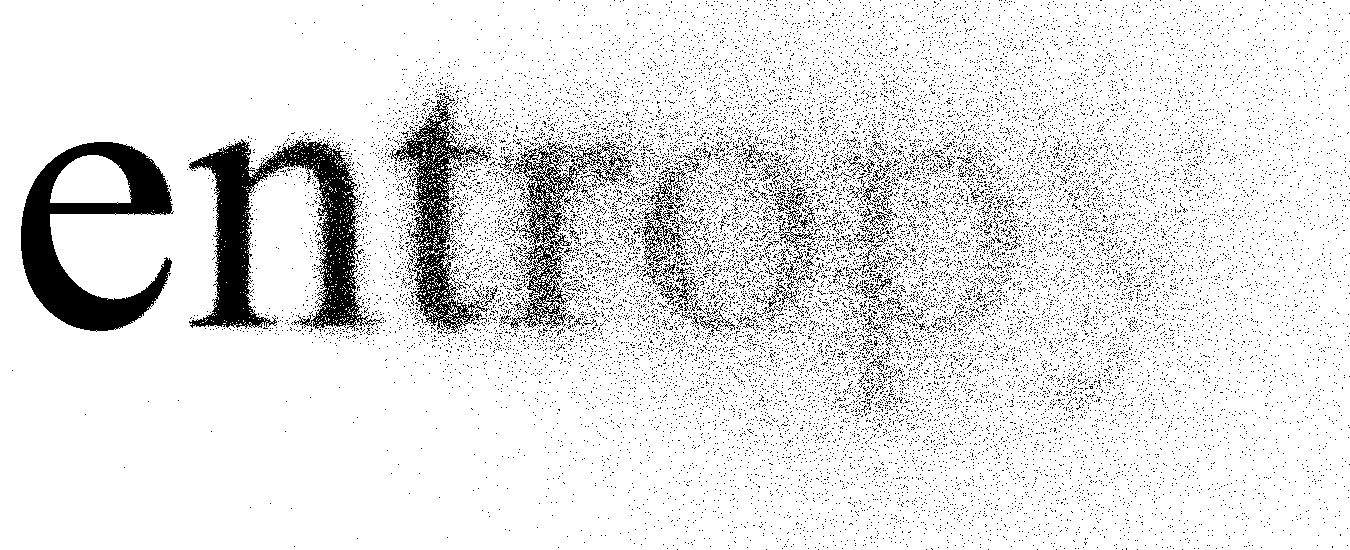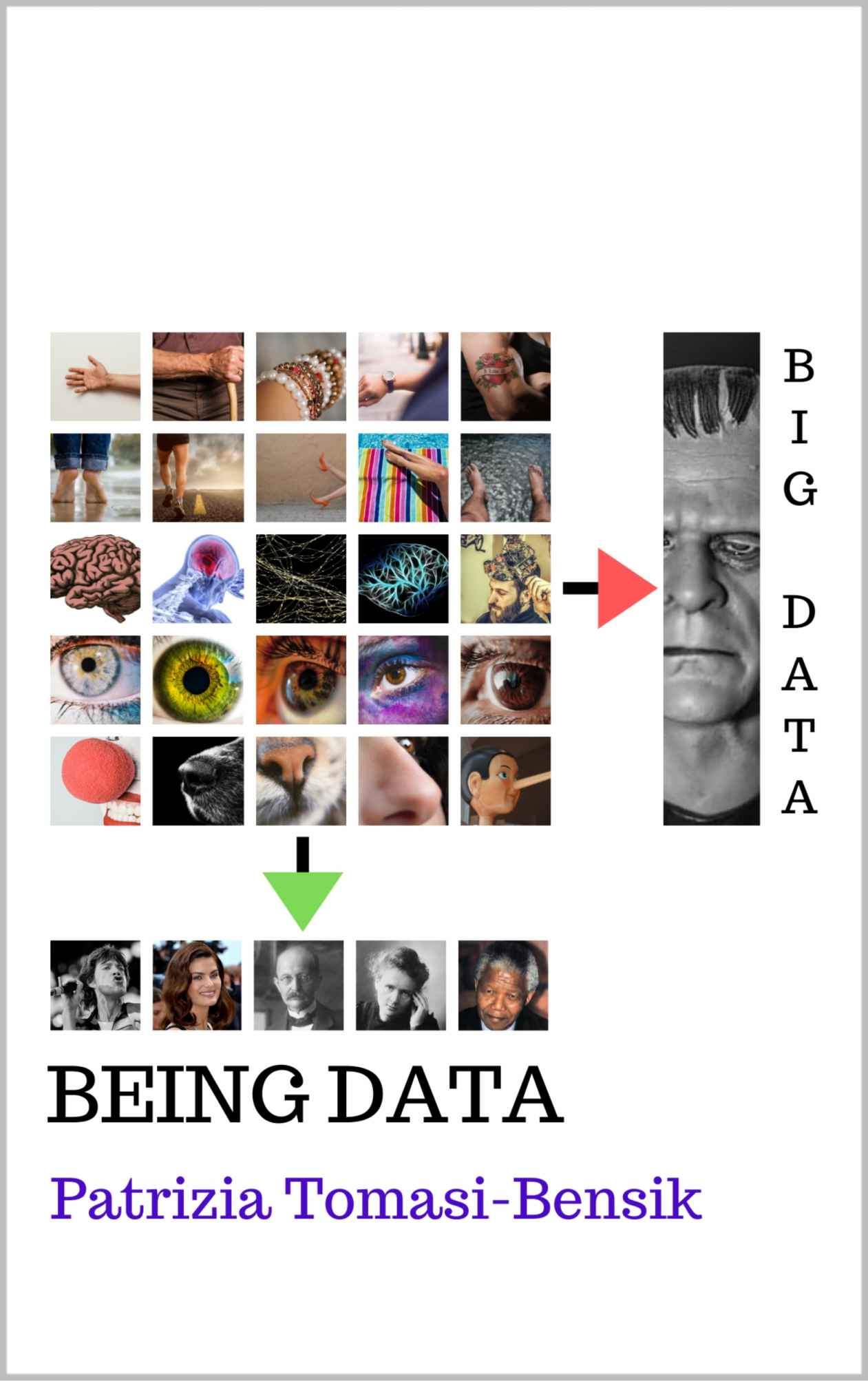Planck E PressCenter Articles
Expanding Entropy
Date published: 2023-06-30
Date modified: 2023-06-30
Reading time: 00:01:34

“Only entropy comes easy."
Anton Chekhov
S=k.log.D
Today it is this stoned look -0 or 1- that science adopts in its relationship to entropy. And it's not for nothing. Since the 1940s, the wildness of quantum mechanics has obscured its beauty, and as a result, most physicists today use quantum mechanics. Without understanding it; without even considering the possibility.
Similarly, entropy is the measure of the disorder of a system, expressed according to the above formula. Without any pursuit of the philosophical meaning of this formula. This, results in two theories: Chaos and Complexity.
Things have a natural tendency to fall into disorder and this is because on a subatomic, atomic and molecular level everything moves unpredictably (Brownian motion). Yet life is presented to us as highly ordered and harmonious.
When we deal with something that is alive, we know it because we can observe its interaction with the environment that surrounds it. When we are dealing with inanimate matter, all activity ceases rapidly when it is at rest. As thermal equilibrium with the environment is reached, there is no more observable activity. That is, thermodynamic equilibrium characterizes maximum entropy.
Technically, entropy is a measurable physical quantity that refers to the amount of heat required to change the state of a substance divided by the absolute temperature of the substance at the time of the state change. For example, if we put ice in a glass of water, we can see that -considering the temperature of the room, the amount of ice, the amount of water, the material of the glass, etc.- the time it takes for the ice to melt to a state of equilibrium varies. Each of the possible situations, taking into account its variables, will allow the measurement of the entropy of the evaluated situation. Mathematically:
S=k.log.D
Where k is Boltzmann's constant and D refers to an amount of atomic "disorder". To explain this D very simply, let's say it measures what we want to measure: be it the heat distribution or the motion of two or more mixed substances. An isolated or uniformly behaving system increasingly approaches the inert state we call maximum entropy and chaos settles in.
The greatest difficulty in understanding what entropy is is that we tend to understand inertia as peace, as balance. And for us, peace and balance are synonymous with order. This is convenient because we take a segment of information and dogmatize its meaning, simplifying it to the point of losing its essence.
Some lines ago, I said that the simplistic approach to entropy leads us to theories of Chaos and Complexity. The deepening of our knowledge of entropy could quietly lead us to a single theory where its particular measurement, within the ordered islands that arise within Chaos, would allow the next level of Complexity to be turned off.
This bridge. That is what I propose in my book Omphalos.
Recent Presscenter Articles
-
The Parametrization of Science
-
A Scientific Impossibility
-
The Unsustainable Stability of the Atom
-
The Bell-Curve and the Neutron
Planck E - Books
For further information about Planck E PressCenter, please contact us.
Divulging ingenious solutions
The mission of the Planck E PressCenter is to promote ideas, products and theories that have not yet reached the mainstream, as captured in our first release Eccentrics and their Ingenious Solutions.
Newsletter
Sign up for our weekly Planck E Newsletter, complete with the latest ingenious solutions.
Click here for the signup form.
Submit your ingenious solution
We encourage you to submit your ingenious solution, article, press release or "out of the mainstream" technical idea for publication on the Planck E PressCenter. Please send us an e-mail to presscenter@planck-e.com and enquire how.
To learn more about holistic engineering, solutions inspired by nature, monetization of diseconomies, training courses or the incorporation of Being Data to your day-to-day, please follow us on the social networks.



